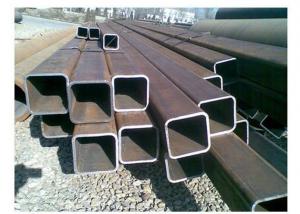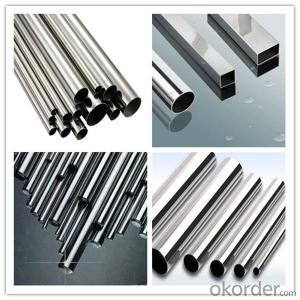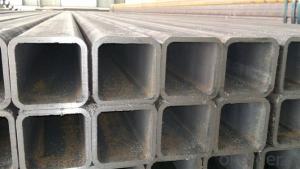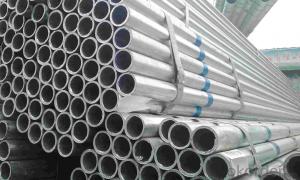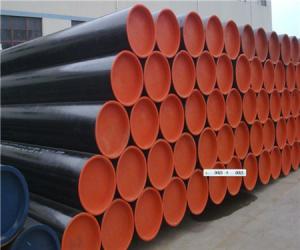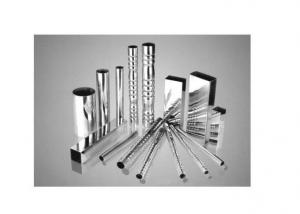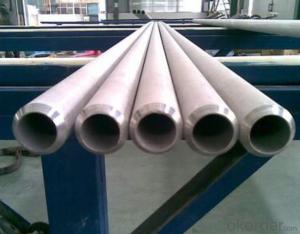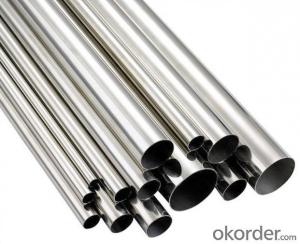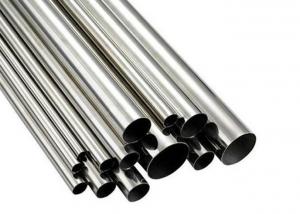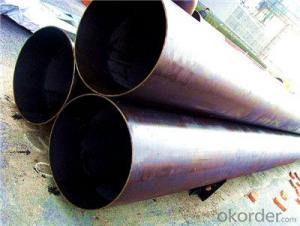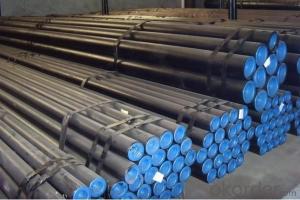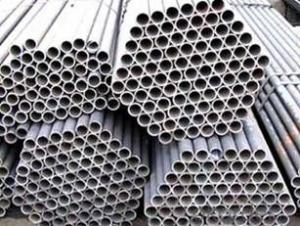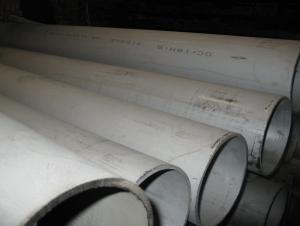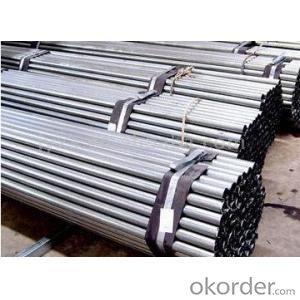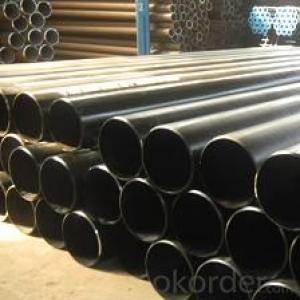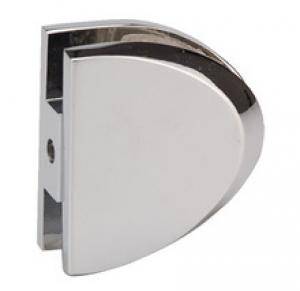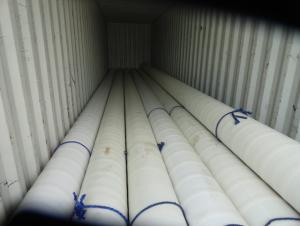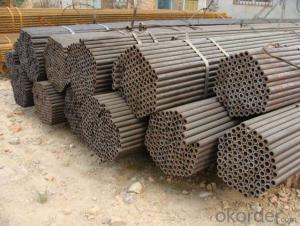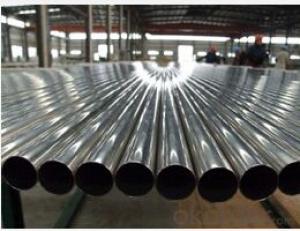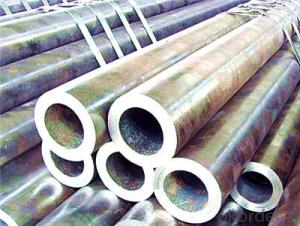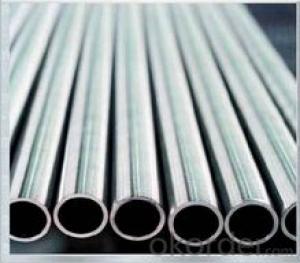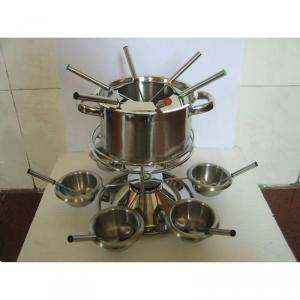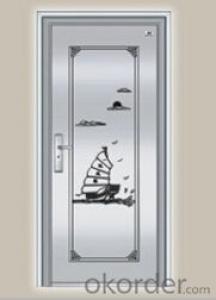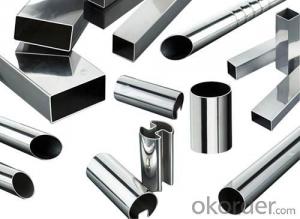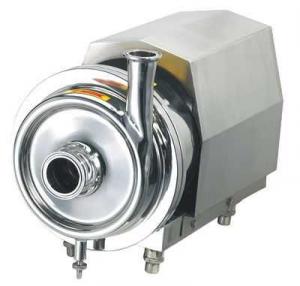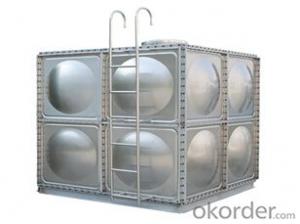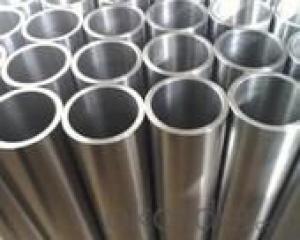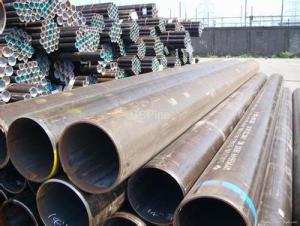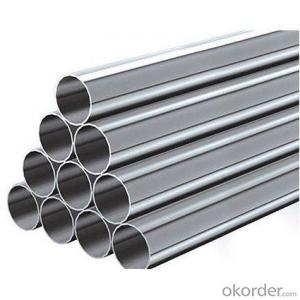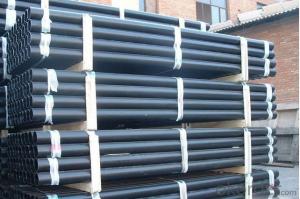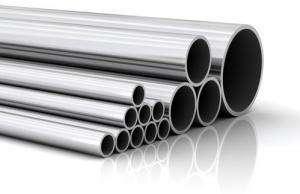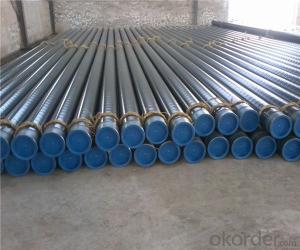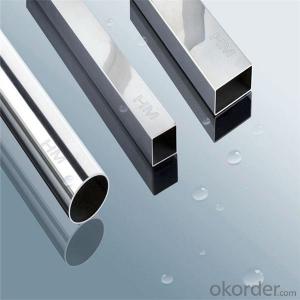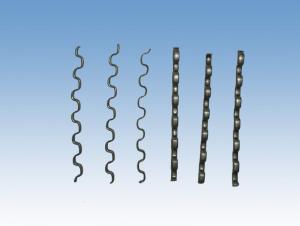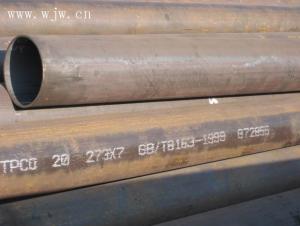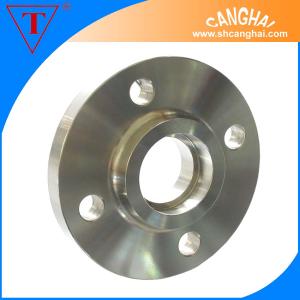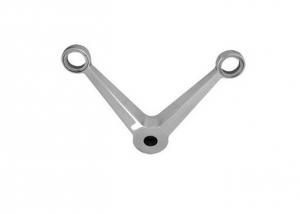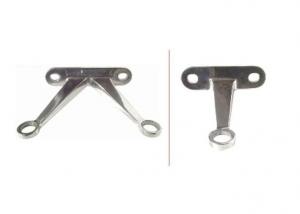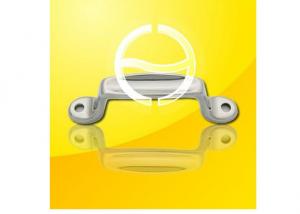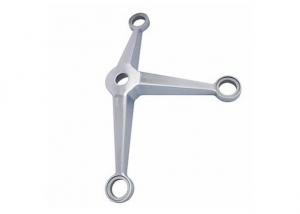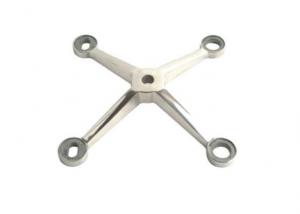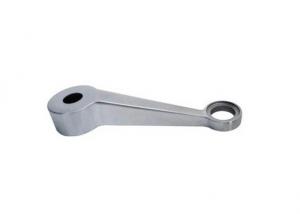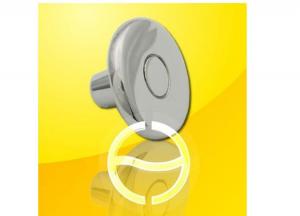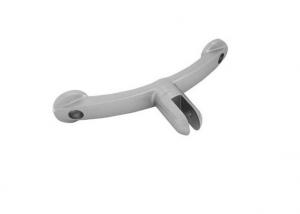Chimney Pipe Stainless Steel
Chimney Pipe Stainless Steel Related Searches
Stainless Steel Chimney Pipe Chimney Cap Stainless Steel Stainless Steel Chimney Chimney Caps Stainless Steel Chimney Liner Stainless Steel Stainless Steel Chimney Cap Pipe Stainless Stainless Steel Chimney Caps Stainless Steel Pipes Stainless Steel Chimney Liner Stainless Steel Threaded Pipe Stainless Steel Piping Stainless Steel Screen Pipe Stainless Steel Smoker Pipe Stainless Steel Chimney Liners Stainless Steel Flue Pipe Stainless Steel Tape Stainless Steel Flex Pipe Stainless Steel Pipe Clamp 4 Stainless Steel Pipe Stainless Steel Pipe Clamps Stainless Steel Tap Stainless Steel Pipe Flange Stainless Steel Pipe Screens Stainless Steel Pipe Fitting 3 Stainless Steel Pipe 6 Stainless Steel Pipe 4 Inch Stainless Steel Pipe 2 Stainless Steel Pipe 304 Stainless Steel PipeChimney Pipe Stainless Steel Supplier & Manufacturer from China
Chimney Pipe Stainless Steel is a type of pipe material specifically designed for chimney systems, offering durability, corrosion resistance, and high-temperature endurance. These pipes are crafted from high-quality stainless steel, ensuring they can withstand the harsh conditions of chimney use while maintaining their structural integrity. The product is widely recognized for its ability to provide a safe and efficient means of expelling smoke and gases from various heating systems.The application of Chimney Pipe Stainless Steel spans across residential, commercial, and industrial settings, where it is used in wood-burning stoves, fireplaces, and boiler systems. Its versatility makes it suitable for both new installations and as a replacement for existing chimney systems. The product's ability to withstand high temperatures and resist corrosion makes it an ideal choice for ensuring the safety and efficiency of chimney systems in various environments.
Okorder.com is a reputable wholesale supplier of Chimney Pipe Stainless Steel, boasting a large inventory that caters to the diverse needs of customers. With a commitment to quality and customer satisfaction, Okorder.com ensures that the products they offer meet the highest industry standards. This makes them a reliable source for those seeking to purchase Chimney Pipe Stainless Steel for their projects or business needs.
Hot Products
